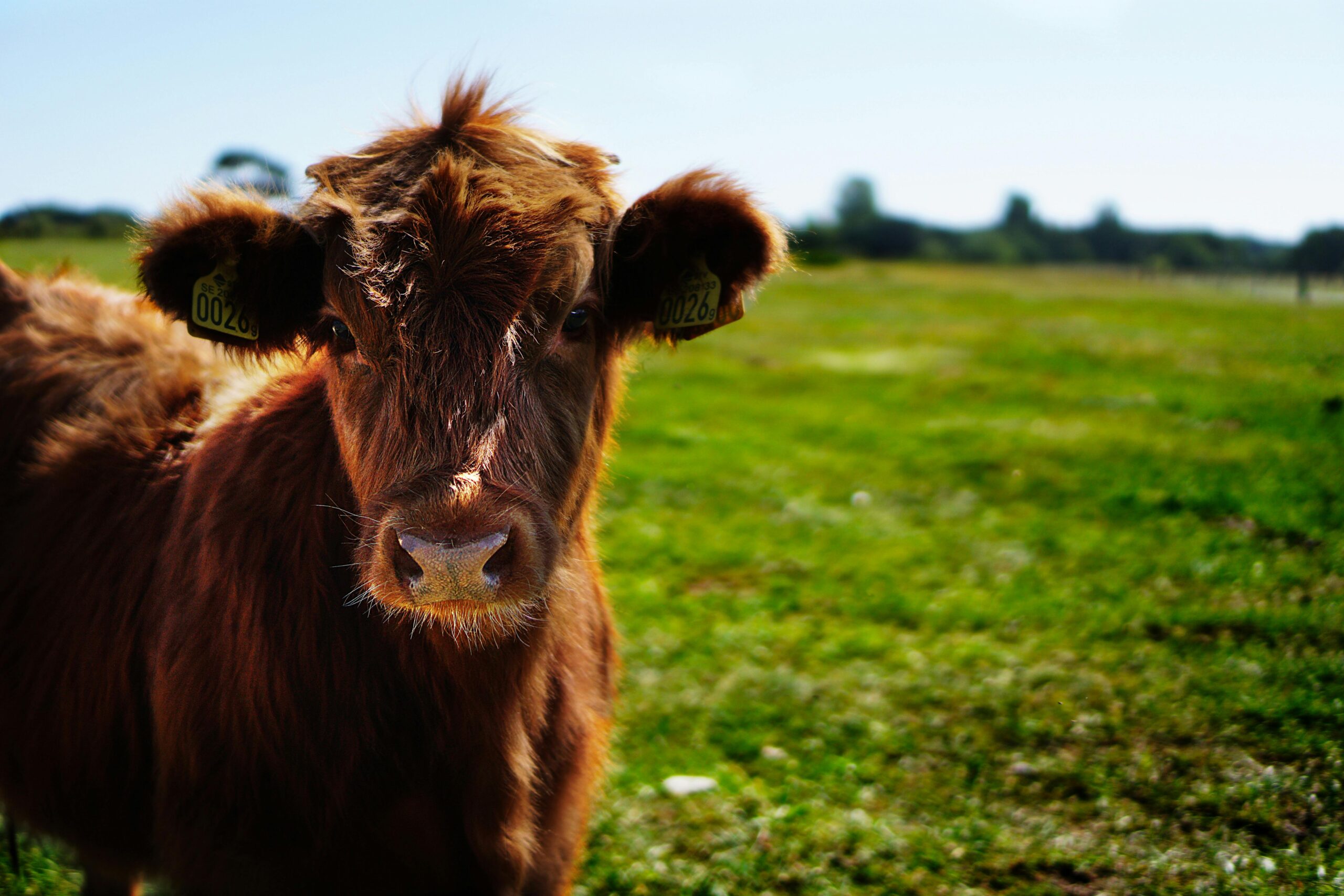Welcome to our blog, where we delve into the fascinating world of livestock management. Whether you’re a seasoned farmer or just starting out, understanding the best practices for caring for your animals is crucial for their health and overall productivity. In this article, we will explore various techniques and strategies that can help you optimize your livestock management, ensuring the well-being of your animals while maximizing your farm’s efficiency. So, let’s dive in and discover the key principles behind successful livestock management!
Understanding Livestock Behavior
Before delving into the intricacies of livestock management, it’s essential to have a solid understanding of animal behavior. Different species of livestock have distinct behavior patterns, and being aware of these can significantly aid in their management and welfare.
Social Dynamics
One crucial aspect of livestock behavior is their social dynamics. Animals, such as cattle, sheep, and goats, are herd animals and have a strong inclination to live in groups. Understanding their social hierarchy and how they interact with one another can help in creating suitable living environments and managing potential conflicts.
Feeding Habits
Another essential aspect is understanding the feeding habits of livestock. Some animals are grazers, while others are browsers. Grazers, like cows and horses, primarily consume grass, while browsers, such as goats, prefer shrubs and leaves. Providing the appropriate diet based on their natural feeding habits is crucial for maintaining their health and achieving optimal growth.
Reproduction and Breeding
Reproduction and breeding play a vital role in livestock management. Knowing the reproductive behavior of different species, such as the mating season and gestation period, can help in planning breeding programs and ensuring the growth of the herd or flock. It’s also important to understand how to detect signs of heat and implement proper breeding techniques to maximize reproductive success.
Environmental Factors
Lastly, considering the influence of environmental factors on livestock behavior is crucial. Animals have specific temperature, humidity, and ventilation requirements to remain comfortable and healthy. Being aware of these needs and providing appropriate shelter and living conditions will go a long way in promoting the well-being and productivity of the animals.
By comprehending and taking into account these various aspects of livestock behavior, you’ll be better equipped to create a conducive environment for your animals, ensure their welfare, and ultimately optimize your livestock management practices.
Effective Livestock Housing and Facilities
Providing suitable housing and facilities for your livestock is crucial for their well-being and productivity. In this section, we will explore the key factors to consider when designing and maintaining livestock housing.
Space and Ventilation
Ample space and proper ventilation are essential for livestock housing. Animals need enough room to move around comfortably and engage in their natural behaviors. Inadequate space can lead to stress, aggression, and increased risk of disease. Additionally, ensuring proper ventilation helps maintain optimal air quality and temperature, reducing the likelihood of respiratory issues.
Bedding and Flooring
The choice of bedding and flooring materials can significantly impact the health and comfort of your livestock. Straw, wood shavings, or rubber mats are commonly used for bedding, providing a soft and comfortable surface for animals to rest on. The flooring should be non-slippery to avoid injuries and easy to clean to maintain hygiene standards.
Feed and Water Accessibility
Efficient access to feed and water is crucial for the well-being of livestock. Providing sufficient feeding troughs and automatic waterers in easily accessible locations ensures that all animals have equal opportunity to eat and drink. Regular cleaning and maintenance of these facilities are essential to prevent contamination and promote good health.
Separate Areas for Different Purposes
Designing separate areas within the housing facility for various purposes is beneficial for livestock management. This includes having separate spaces for feeding, resting, and, if applicable, birthing. Separating these areas helps maintain cleanliness, reduces the risk of disease transmission, and allows for easy monitoring of specific activities.
By considering these factors when designing and maintaining livestock housing, you can create a comfortable and conducive environment for your animals, promoting their overall well-being and productivity.
Proper Nutrition and Feeding Practices
A well-balanced and nutritious diet is essential for the health and productivity of livestock. In this section, we will explore the key considerations for ensuring proper nutrition and implementing effective feeding practices.
Dietary Requirements
Understanding the specific dietary requirements of different livestock species is crucial. Each species has unique nutritional needs in terms of protein, carbohydrates, fats, vitamins, and minerals. Consulting with a veterinarian or animal nutritionist can help determine the appropriate diet for your animals based on their age, breed, and purpose.
Forage and Pasture Management
Forage and pasture play a vital role in livestock nutrition, especially for grazers. Proper management of grazing areas and pasture rotation ensures a continuous supply of fresh and nutrient-rich forage. Monitoring forage quality and addressing any deficiencies through supplemental feeding or forage improvement techniques can help meet the nutritional needs of the animals.
Feeding Frequency and Quantity
Establishing a regular feeding schedule and providing the appropriate quantity of feed is important for maintaining optimal nutrition. Feeding intervals and portion sizes may vary depending on the species, age, and production stage of the animals. Ensuring access to clean water at all times is equally important to support proper digestion and overall health.
Feed Storage and Quality Control
Proper storage of feed is crucial to maintain its nutritional value and prevent contamination. Storing feed in dry, well-ventilated areas, protected from pests and moisture, helps preserve its quality. Regularly inspecting feed for signs of spoilage or mold and promptly discarding any compromised feed is essential to prevent health issues in livestock.
By adhering to proper nutrition and feeding practices, you can provide your livestock with the necessary nutrients for optimal health, growth, and productivity. Consultation with experts in animal nutrition can further assist in tailoring diets to meet specific requirements and achieve desired outcomes.
Healthcare and Disease Prevention
Maintaining the health of your livestock is crucial for their overall well-being and productivity. In this section, we will delve into the key aspects of healthcare and disease prevention in livestock management.
Veterinary Care
Regular veterinary care is essential to monitor the health of your livestock. Establishing a relationship with a knowledgeable and experienced veterinarian can help in early detection and prevention of diseases. Regular check-ups, vaccinations, and deworming treatments are important preventive measures to keep your animals healthy.
Biosecurity Measures
Implementing effective biosecurity measures is crucial to prevent the introduction and spread of diseases within your livestock. This includes controlling access to your farm, restricting contact with other animals, and proper sanitation practices. Quarantine protocols for new animals should be followed to prevent the transmission of potential diseases.
Sanitation and Hygiene
Maintaining a clean and hygienic environment is paramount in preventing the outbreak and spread of diseases. Regularly cleaning and disinfecting housing facilities, equipment, and water sources reduces the risk of contamination. Proper waste management practices, such as manure disposal, also contribute to a healthier environment for your livestock.
Observation and Early Detection
Regular observation of your livestock is crucial for early detection of any signs of illness or distress. Familiarize yourself with the normal behavior and appearance of your animals, so you can quickly identify any changes that may indicate health issues. Promptly addressing any concerns and seeking veterinary advice can prevent diseases from worsening and spreading.
By prioritizing healthcare and implementing disease prevention strategies, you can ensure the well-being and longevity of your livestock, while minimizing the impact of diseases on their productivity and profitability.
Record-Keeping and Data Management
Effective record-keeping and data management are essential components of efficient livestock management. In this section, we will explore the importance of maintaining accurate records and utilizing data for decision-making.
Animal Identification and Tracking
Implementing a system for animal identification and tracking is crucial for record-keeping. This can involve the use of ear tags, tattoos, or electronic identification methods. By accurately identifying and tracking individual animals, you can maintain detailed records of their health, reproduction, and performance.
Health Records
Keeping comprehensive health records for each animal is vital for monitoring their well-being and managing diseases. This includes recording vaccinations, treatments, deworming schedules, and any health issues or symptoms observed. Regularly updating these records allows for better tracking of individual animal health and overall herd/flock health trends.
Reproduction and Breeding Records
Maintaining detailed reproduction and breeding records is essential for effective breeding management. This includes recording mating dates, pregnancy diagnosis results, and birth records. By keeping track of these details, you can plan breeding programs, monitor reproductive performance, and make informed decisions regarding breeding stock selection.
Feed and Production Records
Recording feed consumption and production data helps evaluate the efficiency and profitability of your livestock operation. Keeping track of feed usage, weight gain, milk production, or egg production allows you to identify trends, make necessary adjustments to feed rations, and assess the overall performance of your livestock.
By maintaining accurate records and effectively managing data, you can gain valuable insights into your livestock operation. This data-driven approach enables informed decision-making, improves productivity, and supports the overall success of your livestock management endeavors.
In conclusion, effective livestock management requires a holistic approach that encompasses understanding animal behavior, providing suitable housing and facilities, ensuring proper nutrition and feeding practices, prioritizing healthcare and disease prevention, and maintaining accurate records. By implementing these key principles, you can create a conducive environment for your animals, promote their well-being, and optimize productivity. Remember, continuous learning and staying updated with the latest advancements in livestock management practices are crucial for success. So, put these strategies into action, and may your livestock management endeavors thrive!

